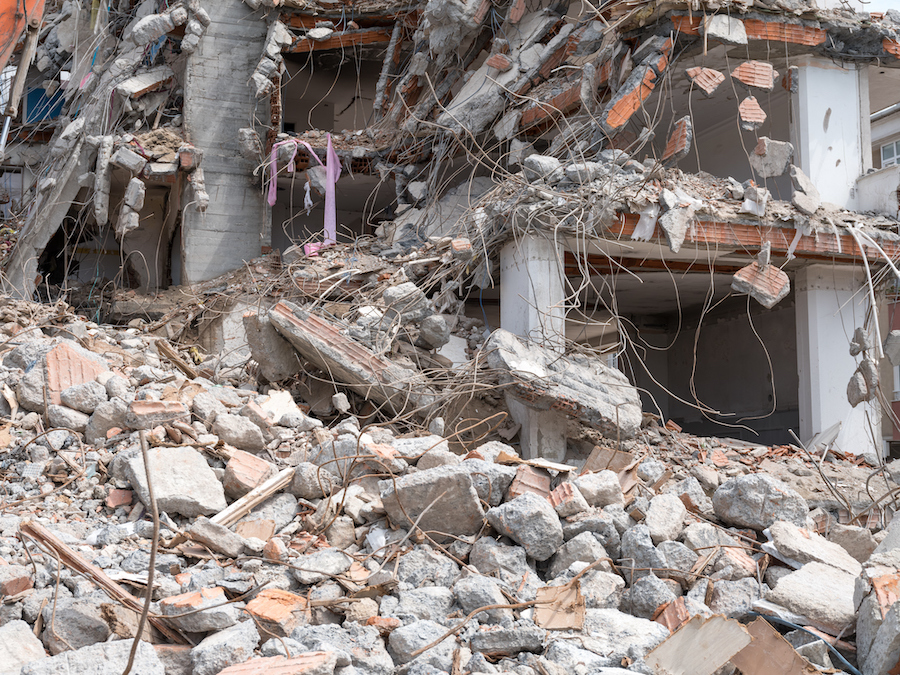(part 3 of 3 articles)

Every City faces periodic interruptions to its normal life. Some interruptions in our City are minor and predictable such as gridlock on Lincoln Blvd every afternoon. Because of their relatively small scale and predictability, they are not even considered an interruption and are considered “normal”. Other interruptions are not exactly predictable but not unusual either such as the power failure that hit the west quarter of our city several weeks ago.Typically they have slightly greater impact and disruption. As the scale and unpredictability of these events increases, they become more dangerous: for example, a landslide on PCH or an urban riot that trashes the downtown and interrupts tourism, or the Covid epidemic that causes even greater disruption, financial losses and loss of life.
Black swans
Finally we reach major disastrous events such as a tsunami (or its big brother sea level rise), the collapse of our regional water supply, a 115 degree heat wave (or its big brother global warming), a 7.5 earthquake, or a dirty bomb terrorist attack. These very unpredictable threats, are known to exist with a low probability: however their impact is so huge that they are not just interruptions but can become existential threats to our City. Such random events are sometimes called “black swan” events or are described as a “perfect storm”. Even though we are “protected” by their rarity, they actually do happen. We just don’t know where, when or to what magnitude. Regardless of their statistical rarity, we can generate a historical probability for most of these disasters.
For example many of our readers were here in 1994 when we experienced the 6.7 Northridge earthquake that severely damaged the Northeast quadrant of our City and resulted in 57 deaths mostly in the San Fernando Valley. The USGS has estimated the probability of a Los Angeles earthquake in the next 30 years to be:
Earthquake Rating Probability in 30 years Size difference to Northridge Energy released difference to Northridge
6.7 60% same same
7.0 46% 2 times 3 times
7.5 31% 6 times 16 times
Northridge 2.0
In other words, there is more than a 50% chance in the next 30 years that we get hit by a repeat of the Northridge quake, but even larger quakes are also waiting their turn with exponentially larger impacts but fortunately lower probabilities. The recent Turkish quakes were rated at 7.8 and 7.5, so their death toll has been an unimaginable 50,000+ particularly from their poorly reinforced concrete buildings. While such a death toll is unimaginable, In Santa Monica terms, that would correspond approximately to a quake that killed every Santa Monican living from about 18th Street to the ocean.
While we have not felt a big one in almost three decades: statistically every year that goes by without one, brings us closer to the certainty of being slammed by the next Big One. Statistically we get hit with a big quake about every 20 years (33’, ’52, ’72, ’94) We are now 9 years “overdue”. Therefore, there is an urgency to use this “grace” period of unknown duration to actively prepare for the inevitable. A significant aspect of preparation consists of completing an All Hazards Mitigation Plan (AHMP).This comprehensive document shows how the City will respond to a triggering event. Naturally, first responders would be deployed, but there are many situations that would require the coordinated planned response by many other departments of the City and even outside the City (SCE, So Cal gas, LA County Sheriffs etc.) to contain the ripple effects of a substantive event. Prudent businesses, like individuals, of course, can make their own independent disaster response plans and preparations. But most substantial disasters require a large collective response that transcends the response capacities of individuals.
All Hazards Mitigation Planning
The AHMP as its name implies, accounts not just for earthquakes but a myriad of other disaster contingencies. For example, the City’s response to the November 2018 Malibu Woolsey fire is an example that would be covered by such a hazard plan, even though we were only indirectly impacted by it. The document can cover not just how departments are supposed to respond but also communication protocols, command hierarchies, adjacent event spillover, early warning systems, resident preparation, contingency alternatives and even the use of practice drills to see, in a small way, if all this planning can withstand even a modest stress test. Apart from the mechanics of disaster response, there is one other equally important benefit of the AHMP: it can become a critical source of federal funds to deal both with the crisis and its aftermath.
Most significant disasters are way beyond the financial capacity of local municipalities to deal with. For example the Woolsey fire did $6 billion of damage about 10 times our City’s annual budget. Likewise the Turkey earthquakes are estimated to have lowered the GDP of an entire 86 million person country by about 4%. No local, state, county or city can set aside enough contingency funds and staff to adequately respond to the type of known random disasters it will inevitably encounter. So the federal government becomes the “lender of last resort” in backing up local agencies with funds and staff responding to these crisis. In effect FEMA and its attendant programs become an insurance company to spread out the risk to any one community by drawing resources from an entire country.
But like any insurance policy you have to apply and pay the premiums regularly. In this case the premium that is due from cities and even school and college districts is ridiculously cheap. You just need to submit your local AHMP every five years for federal approval. Its like the property insurance company insisting that your property have smoke detectors before they write your fire insurance policy. In other words the federales want to know that you have already started mitigating potential hazards by planning for them before they give you what will probably be a blank check. You submit your AHMP for federal approval and then you are in line for federal assistance in the event of a major disaster. The last time our City submitted our approved AHMP was in 2017.
A year of Exposure
That means that our latest AHMP expired in 2022, and for the last year we have been going bare, being effectively uninsured. Paradoxically not having a federally approved AHMP is analogous to, but is the exact opposite of not having a California Housing and Community Development approved housing element. When you don’t have a State approved housing element, developers can build anything anywhere (the so-called Builder’s Remedy) with no local recourse. While when you don’t have a federally approved AHMP, a disaster can destroy any building or infrastructure anywhere in your City and you have no repair recourse.
Both the City and the School District and the College District need to submit and get their federally approved AHMPs as soon as possible. Going bare is not a prudent strategy when for example, our water treatment plant, is knocked out by a large earthquake or a 747 on the flight path for LAX (one of which goes directly over our City) crashes into one of our neighborhoods. All those 30 year quake probabilities we discussed earlier, should not provide a false sense of security: they actually mean that the Big One can happen tomorrow. As has been said many times, failure to plan is to plan to fail. Our City needs to act now. The Office of Emergency Management, which has limited staff, should get a boost to finish and submit our All Hazards Mitigation Plan as soon as possible.
By Mario Fonda-Bonardi AIA and Dan Jansensen
S.M.a.r.t Santa Monica Architects for a Responsible Tomorrow
Thane Roberts, Architect, Robert H. Taylor AIA, Architect, Dan Jansenson, Architect & Building and Fire-Life Safety Commission, Samuel Tolkin Architect & Planning Commissioner, Mario Fonda-Bonardi AIA & Planning Commissioner,, Michael Jolly, AIR-CRE.
For previous articles see www.santamonicaarch.wordpress.com/writing













